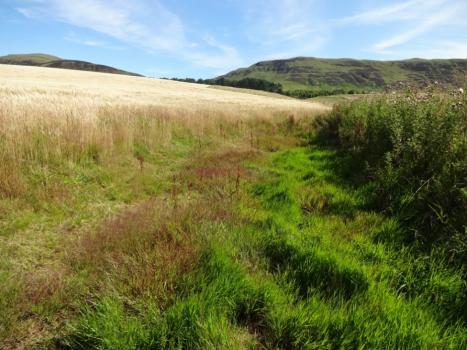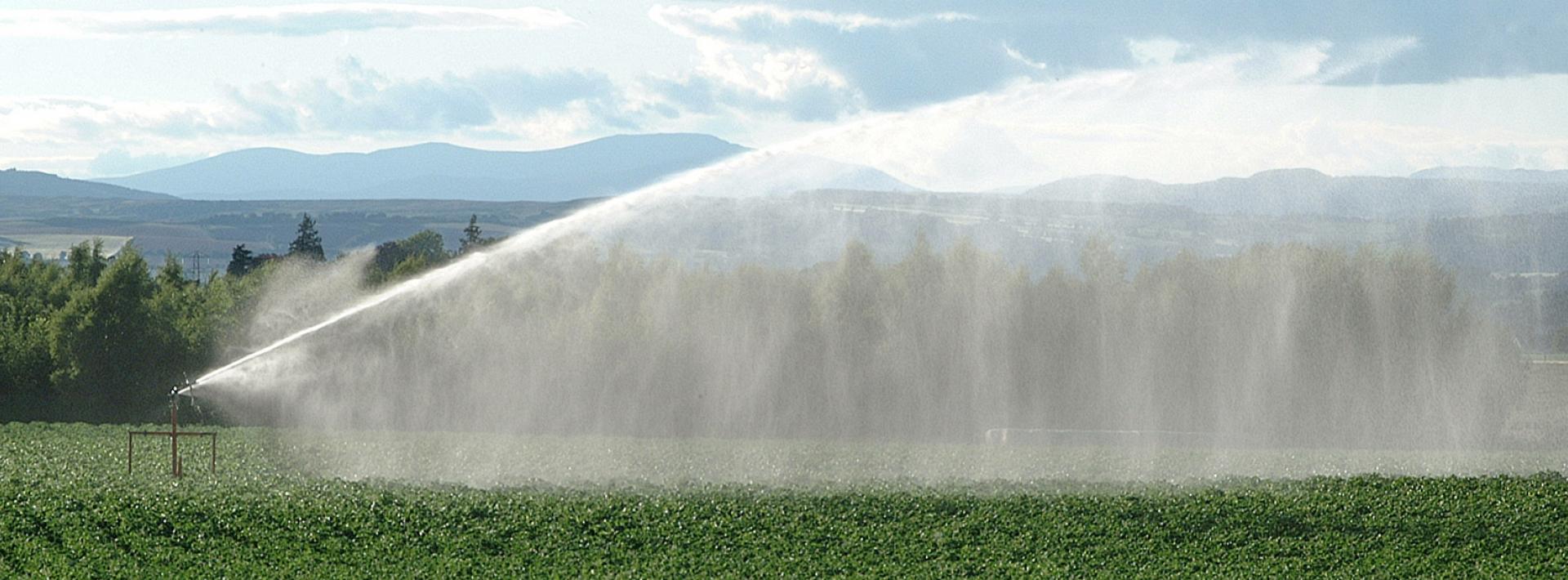Publication
Rural Sustainable Drainage Systems: A practical design and build guide for Scotland's farmers and landowners

Soil cultivation, manure / fertiliser applications and chemical spraying can all contribute to diffuse pollution from agricultural land. Rainfall runoff from farm roads, tracks, yards and dusty roofs are also potential sources of diffuse pollution. Whilst many changes in farming practice have dealt with these sources of pollution there still remains instances where small amounts escape from a farmyard into a nearby ditch or where sediment laden overland field flows make their way into a ditch or burn, river or natural wetland and finally the sea. This not only has cost implications for a farmer but these incidents across a catchment have a huge impact on our water environment. Rural Sustainable Drainage Systems (Rural SuDS) will reduce agricultural diffuse pollution impacts as they are physical barriers that treat rainfall runoff. They are low cost, aboveground drainage structures that capture soil particles, organic matter, nutrients and pesticides before they enter our water environment. Rural SuDS for steadings prevent blockages in drains and ditches. They contribute to good environmental practice and farm assurance schemes. In fields they can be used for returning fertile soil back to farmland and will help your business become more resilient to the impacts of climate change. Trapping soils, organic matter and nutrients means that valuable assets can be reclaimed – recent studies indicate savings of £88 per hectare per year! This Design and Build guide can be used by farmers and land managers to reduce diffuse pollution.





